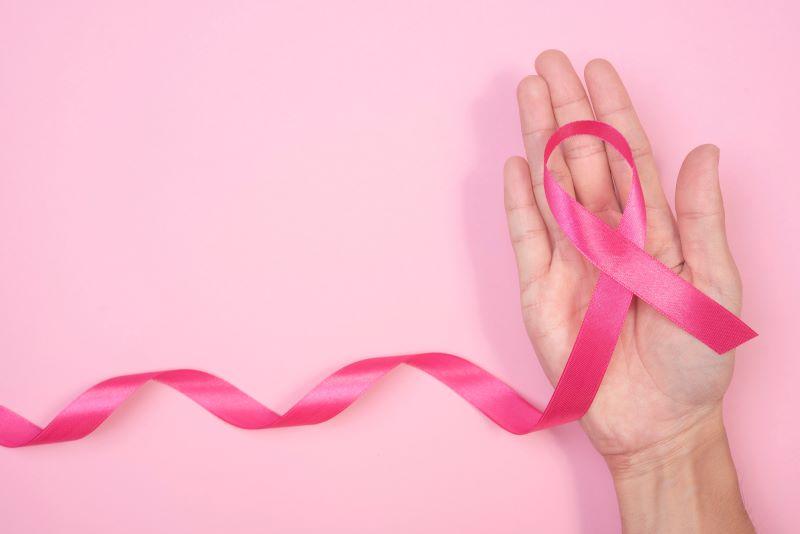Recursos del Paciente
Manténgase sano!
New Breast Scanning Technology Might Beat Standard Mammography
- March 14, 2023
- Denise Mann HealthDay Reporter

Newer scanning technology may spot more breast cancers and lower the rate of dreaded false positives, a large, new study shows.
Now available in a growing number of health care facilities, tomosynthesis uses low-dose X-rays and computer reconstructions to create 3D images of the breasts to find cancers. In contrast, traditional mammography creates 2D images of the breasts.
"Tomosynthesis is becoming the standard of care, and insurance typically covers it," said study author Dr. Emily Conant, chief in the division of breast imaging at the Hospital of the University of Pennsylvania, in Philadelphia. "Seek out places that do offer this technology."
The new study included data on more than 1 million women aged 40 to 79 who were screened with either 3D or 2D digital mammography between January 2014 and December 2020 at five large health care systems in the United States. Most women had at least two screening tests during the study period, for a total of close to 2.5 million screening exams.
Tomosynthesis caught 5.3 breast cancers for every 1,000 women screened, compared to 4.5 per 1,000 women screened with 2D digital mammography. What's more, there was a lower rate of false positives and recalls for additional imaging with tomosynthesis.
False positives occur when you are told you need follow-up testing, but no breast cancer is found. This can cause tremendous anxiety, and there are increased costs and risks associated with the additional testing.
"With tomosynthesis, an X-ray beam takes multiple low-dose images in an arc over your head, and the computer reconstructs the breast so I can actually scroll through layers of your breast tissue," Conant said. "I can go through the tissue layer by layer to see if it is a real lesion or not."
While the 3D technology is better at screening dense breasts for cancer than traditional 2D mammograms are, it doesn't fully solve this issue, she noted.
"Really dense breasts look like a blizzard in some images, and because of the whiteness, you can't find lesions," she explained. "It's harder to see cancers because they are masked by white glandular tissue."
Ultrasounds or breast MRI after either type of mammogram will still be needed to screen really dense breasts for cancer, she said.
The study was published online March 14 in the journal Radiology.
Breast cancer experts are enthusiastic about the 3D breast cancer screening technology.
"Tomosynthesis is more detailed and advanced than traditional mammography,"said Dr. Katherina Sawicki Calvillo, a breast surgeon and founder of New England Breast and Wellness in Wellesley, Mass.
The downside is that there is more radiation exposure. Still, "the benefits of better cancer detection outweigh this risk," she said. "If a patient has been told they have dense breast tissue, they should seek out a center that offers tomosynthesis."
Dr. Marisa Weiss, chief medical officer and founder of Breastcancer.org, agreed.
"For women at an elevated risk of breast cancer, the digital breast tomosynthesis type of mammography represents a very important option that's worth pushing for because it does a better job of letting you know faster and more accurately if there is anything worrisome or if the coast is clear,"Weiss said.
More information
The Radiological Society of North America and the American College of Radiology have more on tomosynthesis.
SOURCES: Emily Conant, MD, professor, radiology, chief, division of breast imaging, Hospital of the University of Pennsylvania, Philadelphia; Katherina Zabicki Calvillo, MD, founder, New England Breast and Wellness, Wellesley, Mass.; Marisa Weiss, MD, chief medical officer, founder, Breastcancer.org, Ardmore, Pa.; Radiology, March 14, 2023, online

